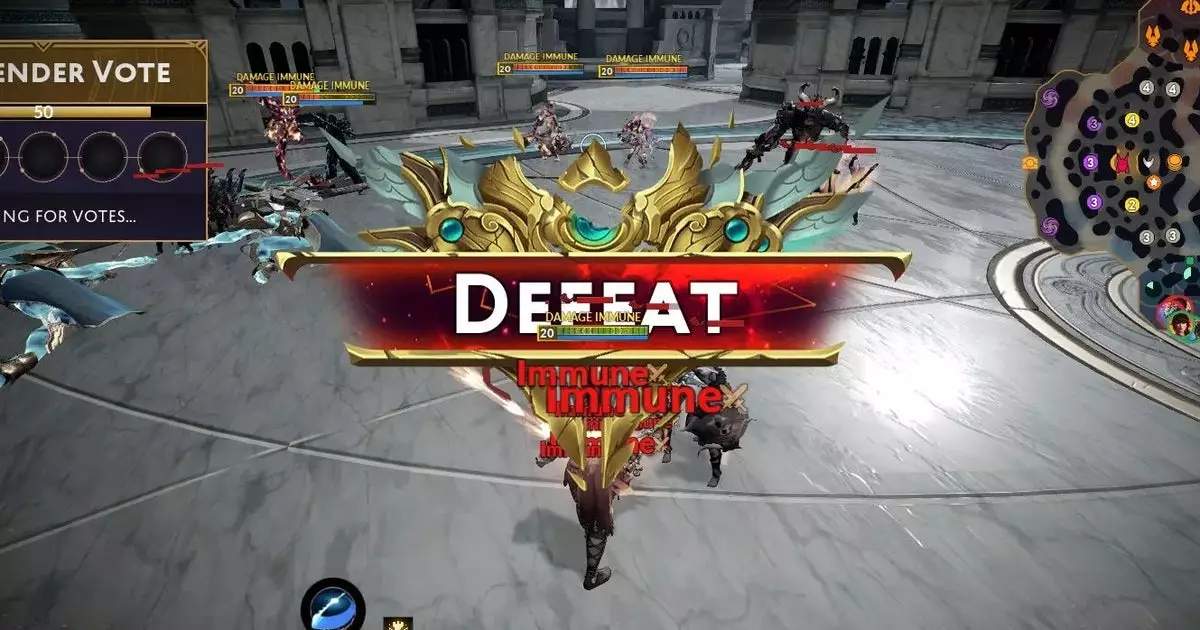The landscape of the gaming industry is ever-changing, often driven by shifting market conditions, player preferences, and internal challenges. A recent development that highlights the precarious nature of game development is the layoff of an undisclosed number of employees at Hi-Rez Studios, the company behind popular titles like Smite and Paladins. This announcement has sent shockwaves through the community, making it clear that even established studios are not immune to the economic pressures of the gaming market.
Reports indicate that Hi-Rez Studios has laid off between 20 to 60 employees, a chilling reminder of the volatile industry climate. The decision appears to stem from a need for the company to streamline operations, particularly following the recent launch of Smite 2, which is still in its free-to-play beta phase. The expectation was that this new title would reinvigorate interest and revenue for the studio; however, the response has necessitated drastic measures. Unfortunately, this layoff wave also brings the sobering news that three of the studio’s longstanding titles—Smite, Paladins, and Rogue Company—will no longer receive updates, leaving them in a state of neglect despite remaining playable.
With Hi-Rez’s commentary on “challenging market conditions,” it begs the question: what does this mean for the future of game development at the studio? As various roles such as programmers, quality assurance testers, and artists were impacted, the diversity of these layoffs underscores the depth of the cutbacks. Each position contributes to the ecosystem of game development, and losing such talent could strain the studio’s future projects.
Hi-Rez has articulated a strategic focus on Smite 2, signaling a shift in their operational emphasis. They are banking on the success of this title to pave the way for financial stability and continued development. Management believes that fewer staff will lead to a steadier flow of content for Smite 2. However, this raises concerns about the sustainability of the other games in their portfolio. The decision to allocate most resources to a single title leaves a precarious gap for players invested in the other franchises.
As the studio tries to bolster Smite 2’s sustainability, the removal of even light support for other games suggests a narrowing of their vision. While it’s prudent for companies to focus resources, the abrupt halt to updates could alienate long-standing fans of the other titles, leading to community backlash or a dwindling player base.
This recent round of layoffs at Hi-Rez is part of a troubling trend within the gaming industry at large. Over the last few years, many reputable studios have faced similar challenges, resulting in job losses and instabilities. The continuous cycle of layoffs sends a stark message: game development jobs are increasingly perilous. The reactions from employees and industry insiders reveal a growing frustration and anxiety over job security within the sector.
Furthermore, the lack of transparency from corporations, including Hi-Rez, about the reasons behind layoffs adds to the frustration. Anonymized posts on platforms like Reddit expose the widespread unease that workers face, as they discover their colleagues are let go with little explanation. This reflects a broader culture within the gaming industry that often prioritizes profits over worker welfare.
As Hi-Rez Studios navigates the challenges ahead, one key question looms large: can they retain their player base across their titles while focusing resources on Smite 2, or will other franchises suffer fatal neglect? The industry is rife with competition, as new titles emerge and established games evolve. It will be crucial for Hi-Rez to strike a balance between financial viability and community engagement.
Ultimately, the layoffs at Hi-Rez Studios represent more than just internal restructuring; they highlight the precarious nature of the gaming industry as a whole. With ongoing economic pressures and a shifting player landscape, the next steps the studio takes will determine not only their own future but also influence broader trends in the way game developers support their teams and maintain their games.

